It is June 3, 1907.
And Hammerstein’s Paradise Roof Garden theater has reopened to a full house for the summer season.
The headline act is Barnold’s Dog and Monkey Pantomime company, which performed “a whole scene of drunkenness and arrest carried out by little animals.” 1
The Paradise Roof Garden, which Oscar Hammerstein built on the roofs of the Victoria and Belasco theaters in 1899, covered an entire block at 44th and Broadway in New York.2
It was just one of many rooftop theaters built by New York theater impresarios in the late 1800s.
Advances in steel and glass construction and passenger elevators had made rooftop venues feasible.
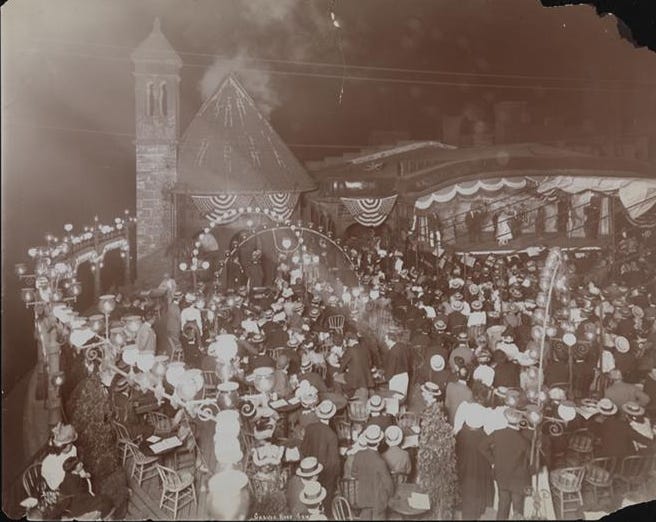
By tradition, theaters were closed during the warm summer months.
But with open-air rooftop venues, theater owners and performers could generate summertime revenue.
Always a good thing.
These rooftop theaters staged vaudeville style entertainment.
Nightly performances would include about a dozen unrelated acts featuring singers, dancers, jugglers, acrobats, comedians, magicians and trained animals.
Kind of like the old Ed Sullivan TV show.
Vaudeville had evolved from the bawdy beer hall shows of the 1850s and ‘60s which had catered to male audiences.
The credit for putting together more respectable entertainment suitable for mixed audiences goes to Tony Pastor, an entertainer who had begun his career as a child star in P.T. Barnum’s American Museum in New York.

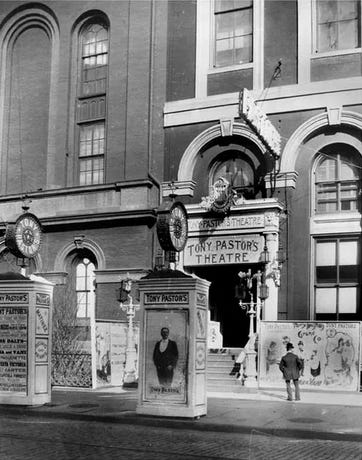
He was the first to open a theater featuring what he called “a straight, clean variety show.”
When Pastor found unexpected success, other New York theater impresarios copied him.
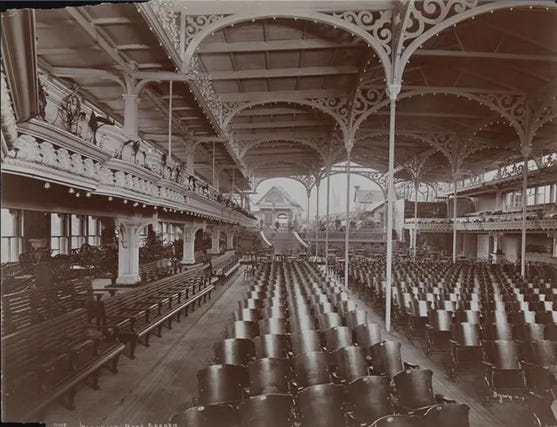
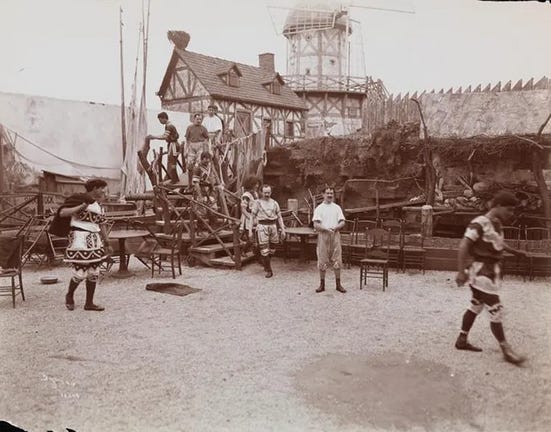
These rooftop theater venues were spectacular, but none more so than Hammerstein’s Paradise.

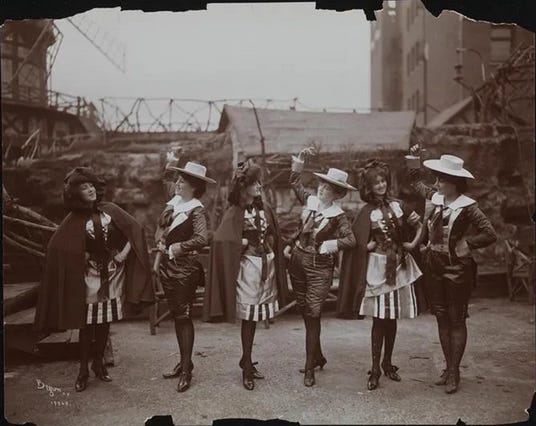
It was partially enclosed with a frosted glass roof cooled by chilled water and decorated in an Alpine motif which included a stream and a forty-foot duck pond.
… and it had monkeys.
But the development of air-conditioned movie theaters in the 1920s drove rooftop theaters out of business.

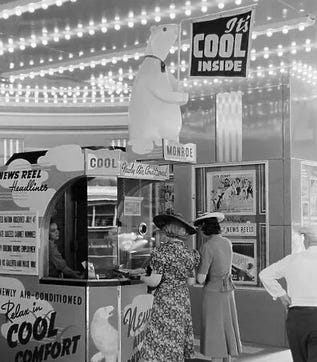
But of course.
Who would pay to sit on a stinky rooftop with street noise to watch a vaudeville act…
…when a Harold Lloyd film is playing in an air-conditioned movie theater?
Sadly, the answer was NOBODY.
So, the Paradise and the other New York rooftop theater venues closed in the 1920s and ‘30s.
This is called progress.
******************************
I’ll see you tomorrow.
— Brenda
Rooftop theater photos from the Museum of the City of New York.
New York Times, June 4, 1907.
Grandfather of the famous Broadway show tune lyricist Oscar Hammerstein II.



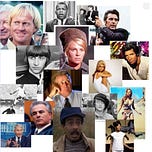

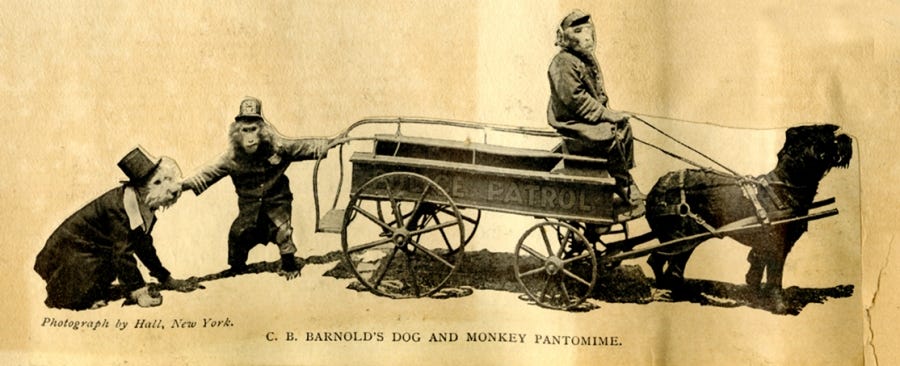
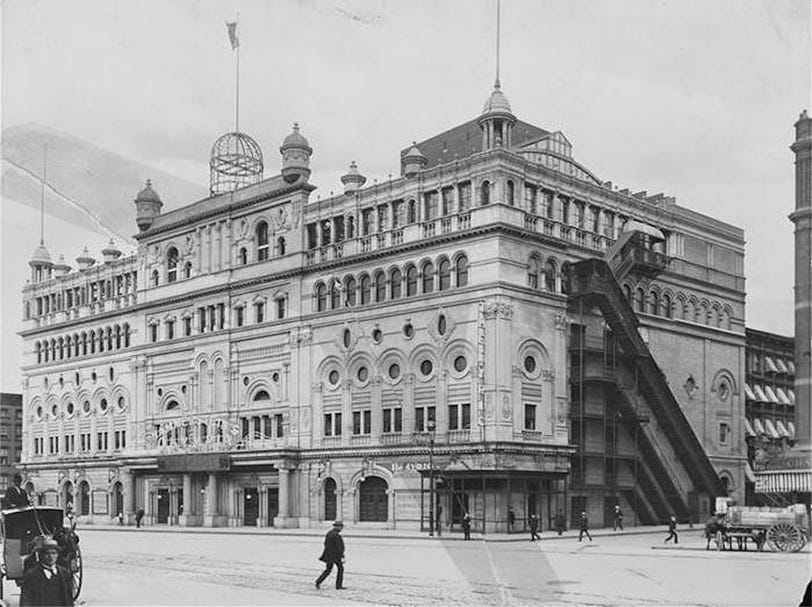
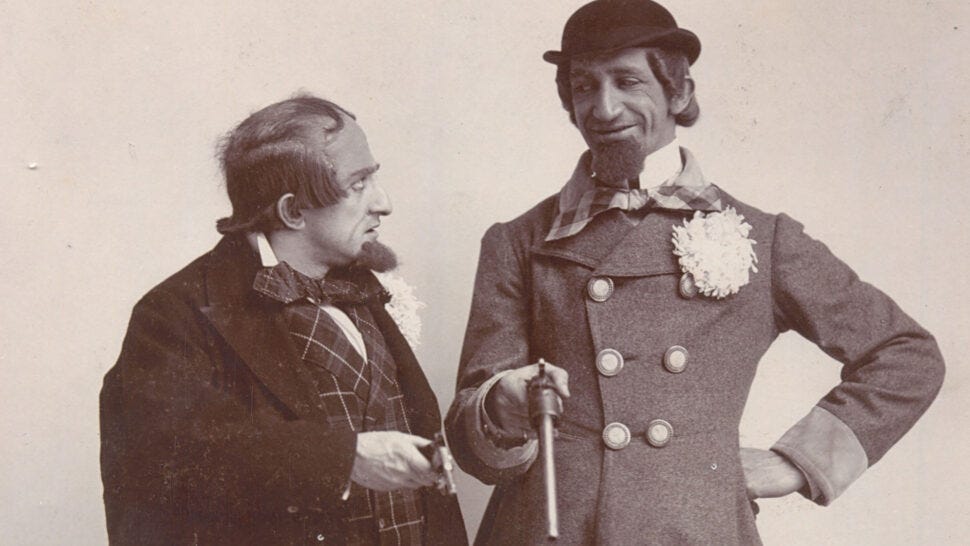


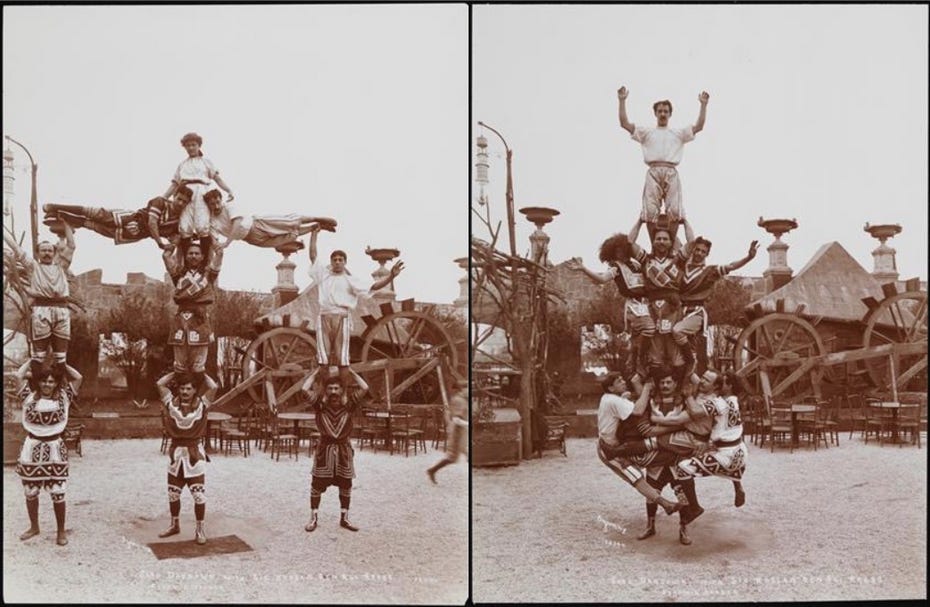
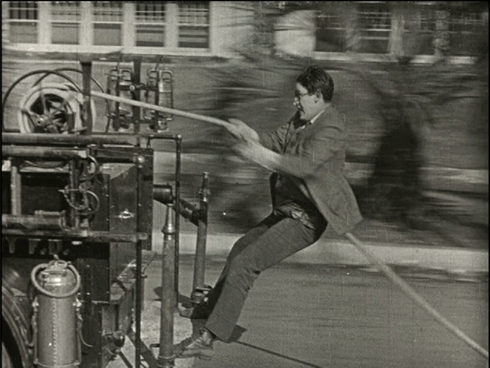










Share this post